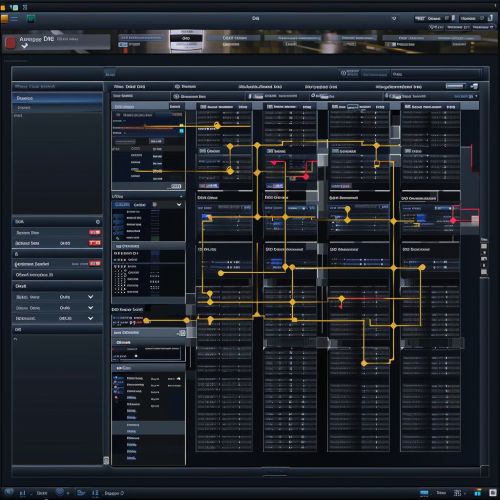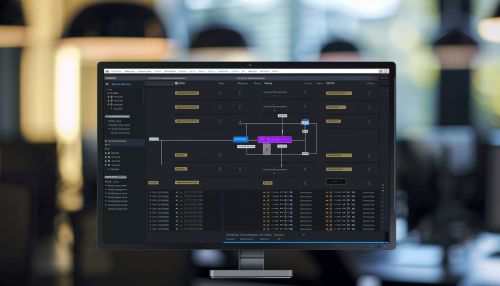IBM Db2
Overview
Db2 is a family of data management products, including database servers, developed by IBM. They support the relational model, but in recent years, some products have been extended to support object-relational features and non-relational structures like JSON and XML.
The original emphasis was on time-sharing, but as mainframes became more powerful, Db2 moved into all areas of data processing. Today, Db2 represents a portfolio of data management products, including database servers for business-critical transactional workloads, data warehousing, and analytics.
History
IBM introduced its first Db2 product in 1983 and has continued to develop and expand the product line since then. The initial version was designed to manipulate time-sharing data, but as mainframes became more powerful, Db2 moved into all areas of data processing.
In the early 1990s, IBM extended Db2 to other platforms, including UNIX and Windows. This expansion allowed Db2 to become a cross-platform solution, providing consistent data management across a variety of systems.
In recent years, IBM has further extended Db2 to support object-relational features and non-relational structures like JSON and XML, reflecting the evolving needs of modern businesses.
Architecture
Db2's architecture is based on a client-server model. The Db2 server is responsible for managing databases and processing SQL statements. Clients, which can be applications or end-users, connect to the Db2 server to access and manipulate data.
Db2 uses a variety of techniques to optimize data access and processing. For example, it employs a cost-based optimizer, which uses statistics about the data to determine the most efficient way to execute a SQL statement.
Db2 also supports a range of data types, including numeric, character, and date/time types, as well as more complex types like XML and JSON.
Features
Db2 offers a wide range of features designed to meet the needs of modern businesses. These include:
- High Performance: Db2 is designed to deliver high performance for both transactional and analytical workloads. It uses advanced techniques like in-memory technology and parallel processing to achieve this.
- Scalability: Db2 can scale to handle large volumes of data and high numbers of users. It supports partitioning, which allows data to be distributed across multiple servers, and replication, which enables data to be copied to multiple locations for redundancy and performance.
- Security: Db2 provides comprehensive security features, including encryption, role-based access control, and auditing capabilities.
- Data Integration: Db2 can integrate data from a variety of sources, including other databases, files, and web services. It supports a range of data formats, including relational, XML, and JSON.
- Developer Tools: Db2 includes a set of developer tools that make it easier to build, test, and deploy applications that use Db2.


Usage
Db2 is used by organizations of all sizes, from small businesses to large enterprises. It is particularly popular in industries that require high performance and reliability, such as finance, healthcare, and telecommunications.
Db2 can be used for a variety of purposes, including transaction processing, data warehousing, and analytics. It can also be used as a backend for web and mobile applications.
See Also
- SQL - Database Management System - Relational Database - Data Warehousing - Data Analytics
